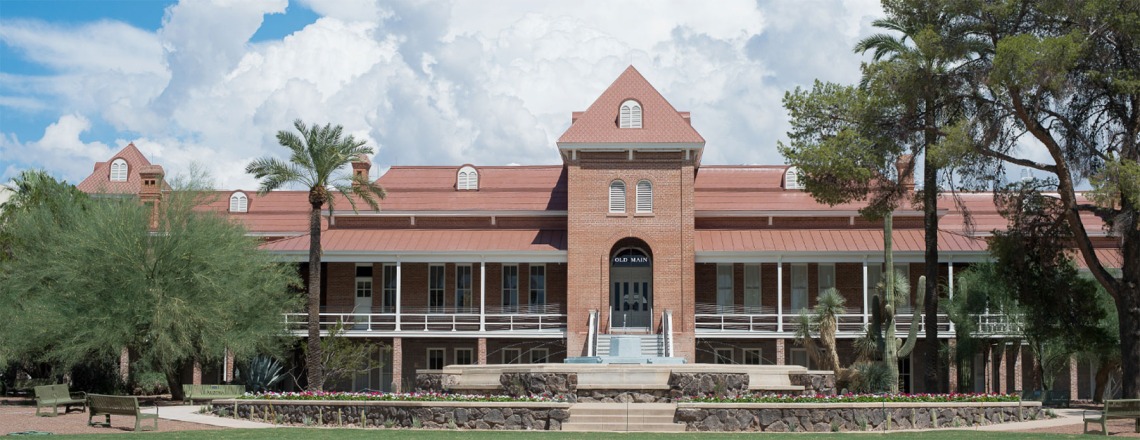'Smart design' guides the efforts of the operational efficiencies working group


Nicole Salazar, vice president for financial services
Aligning operations to best support transformative research and quality education is always top of mind for the University, but the COVID-19 pandemic has made it necessary to redouble those efforts while, at the same time, creating as little disruption as possible for campus units.
Leading those efforts is the operational efficiencies working group, one of several working groups within the Financial Sustainability Emergency Response Taskforce that are charged by senior leadership with developing effective mitigation strategies and exploring new opportunities.
The group specifically seeks to transform the University's current operational model.
"The goal is to improve the overall academic quality and increase the value of higher education at the University of Arizona by maintaining an optimal, efficient design for performing support functions," said Nicole Salazar, vice president for financial services and the group's lead. "These efforts include looking at the operational expenditures as well as how functions are structured – with the latter being known as 'smart design.'"
Smart design involves analyzing functions throughout the University, looking for ways to operate more efficiently to allow our research and academic colleagues more time and energy to focus on our core mission, she explained.
"When people hear 'operational efficiencies,' the mind immediately jumps to a debate on centralization versus decentralization. But smart design looks at more than just that," Salazar said. "It focuses on providing better customer service and meeting both institutional and departmental needs, by reimagining processes, structures and barriers to change. Often it leads to a wide variety of potential improvements – from getting a process out of paper to reimagining how like colleagues share information."
Salazar says it is important to know that the working group is looking at the smart design of functions, as opposed to the smart design of specific units. The hope, she says, is to free up units to focus on their core missions.
Under the smart design approach, five options are considered for functions:
- Fully centralized: All staff report to one administrative unit.
- Capability centered: Overseen by multiple, centrally managed units.
- Embedded: Employees work in units but have a "dotted line" to a central administrative unit.
- Fully decentralized: Unit-level distribution of responsibility and authority.
- Outsourced: Assignment of function to a third party.
The group, which includes faculty and staff representatives, has spent the last few months talking with and listening to colleagues in highly visible functions that closely align with the University’s new job functions and families – such as finances, human resources and academic administration.
The pandemic, she says, has served as a catalyst for more units within the University to understand the importance of evaluating operational efficiency.
"We are proud that hundreds of our colleagues have shared their insights and ideas. Our community is energized and ready to reimagine all aspects of our operations," Salazar said.
Salazar's working group is surveying deans, department heads, support unit leads and business officers to help identify and prioritize functions with potential for improved efficiency. She says the team will use the data from the survey as well as input from planned Zoom conversations with respondents to help inform its recommendations. Anyone interested can also share ideas and feedback through the task force's website.

